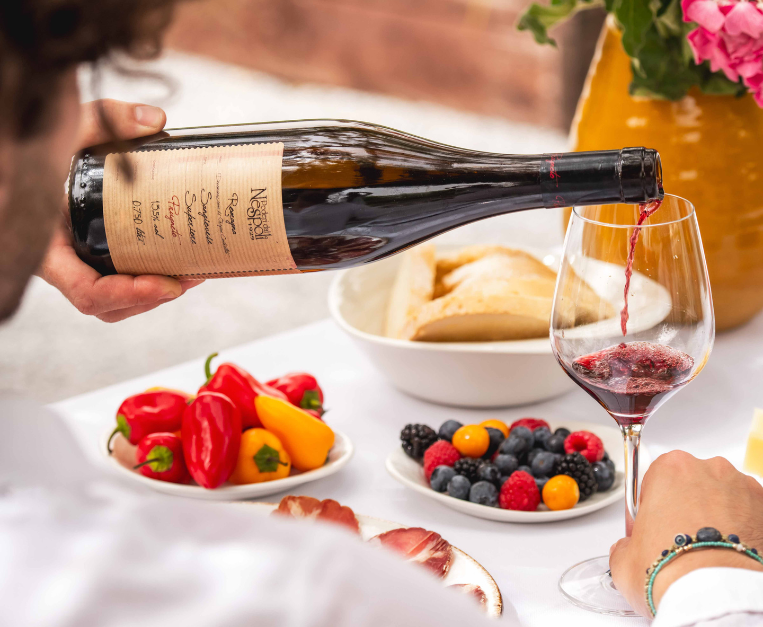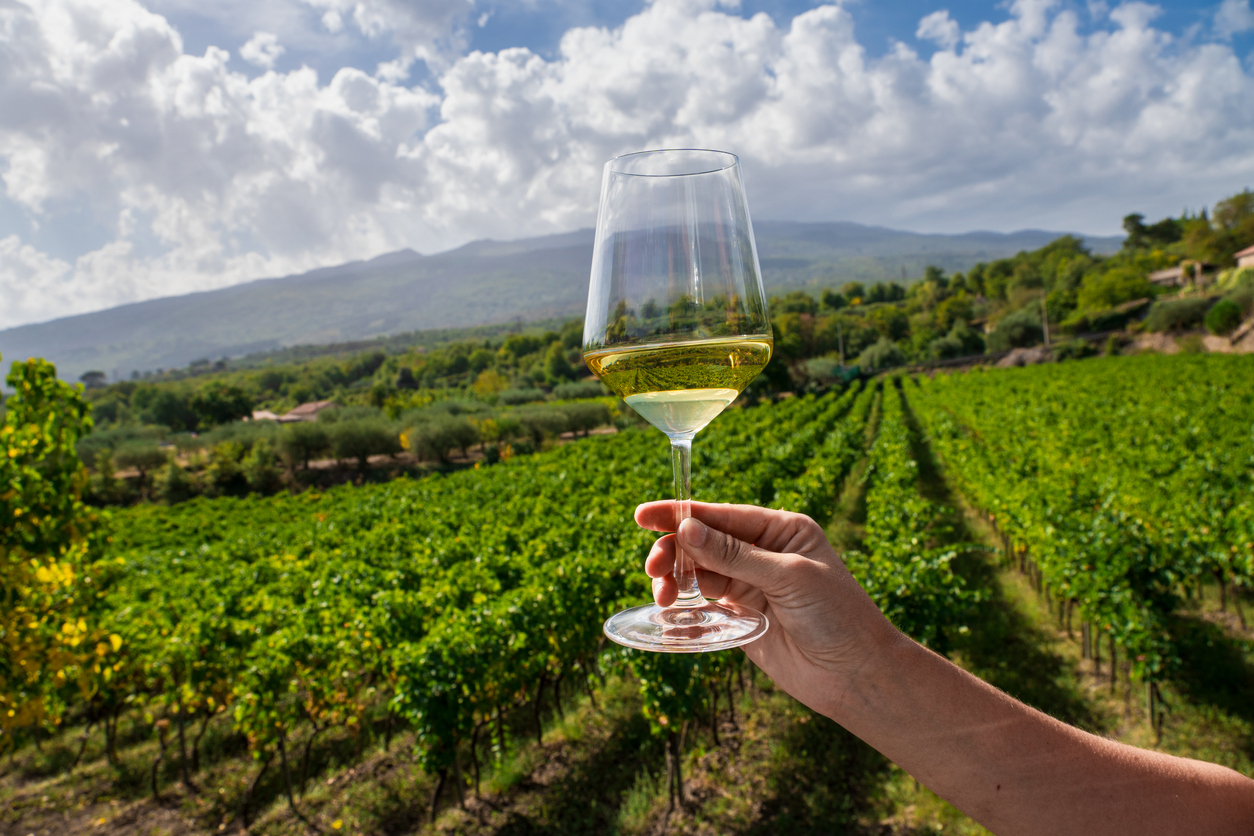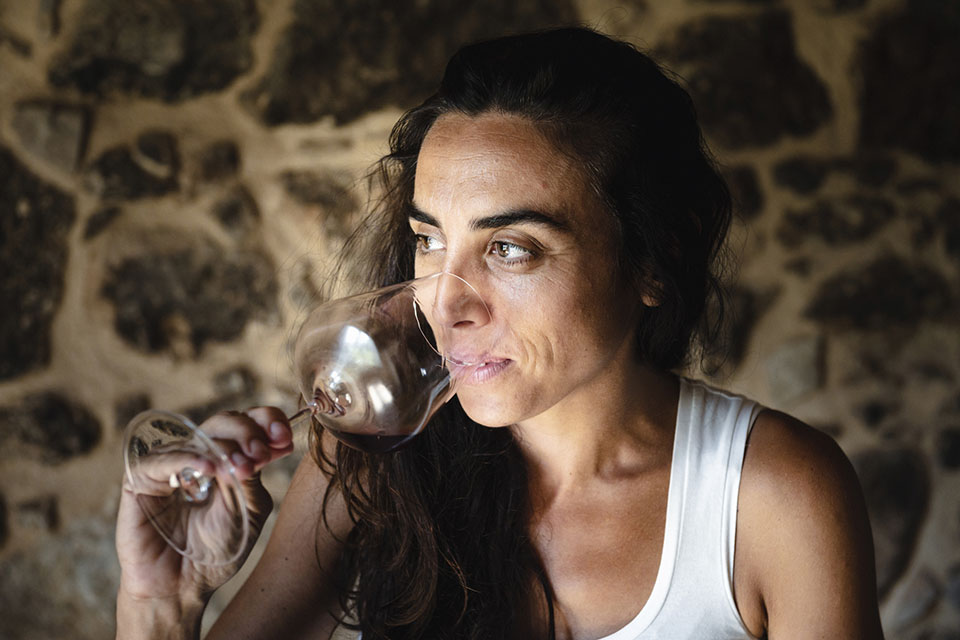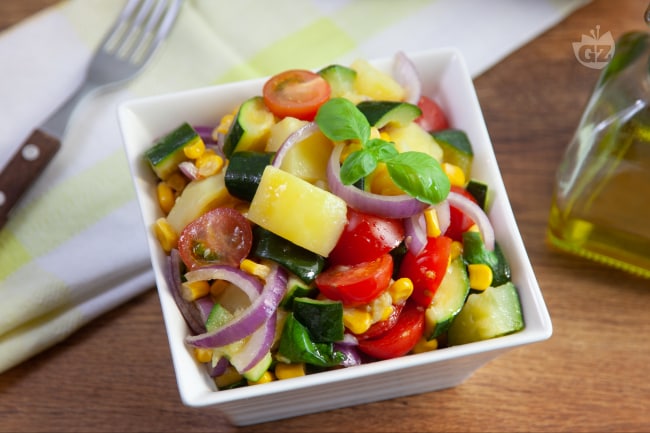There is a theme that is very dear to me recent years: the futurity of Italian viticulture. When I talk about futurity I mean the ability of viticulture and winemakers to adapt to today’s critical issues projected towards the near future and to overcome them by trying to compensate, for example, for the impact of climate change and the dynamics linked to the economic crisis, which first started with the pandemic and then continued with the wars currently still ongoing. However obvious, misrepresented and abused, climate change and the market represent the critical factors that require the deepest reflection terms of the approach to production (both agronomic and oenological) and commercially.
Climate Change: Threat ora Opportunity?
Climate change is perhaps the most complex and unpredictable challenge for global viticulture. Per mezzo di Italy, climatic conditions are already changing significantly: rising average temperatures, drier seasons and extreme events (such as late frosts, droughts, hail and floods) are increasingly frequent.
Changing Phenology Higher temperatures are accelerating the development cycles of the vine, bringing forward the harvest and reducing the time for the optimal accumulation of aromatic and sugar compounds the grapes. This can negatively influence the quality of the wine, leading to asynchronous maturation and imbalances the general analytical framework. Changing Winemaking Areas Some of the areas and some ideal “crus” traditionally particularly suited to viticulture may become too hot, dry and/ora too exposed to solar radiation to produce high quality grapes. However, new areas, previously less suitable for viticulture, could benefit from global warming. Changes Wine Quality With global warming, wines tend to have a higher alcohol content and lower acidity, elements that can alter the sensory profile of some of the most important wines the world today. This may require the adoption of new agronomic and oenological techniques to maintain balance and to preserve and manifest a clear and recognizable way the identity of the wines their place of origin. Resistance to Pests and Diseases Rising temperatures and climatic instability favor the spread of new vine parasites and diseases, such as flavescence dorée and leafhopper vector. This requires a greater use of pesticides and treatments, with consequent impact acceso both production costs and environmental sustainability.
Economic Crisis and Constraints acceso the Wine Sector
Per mezzo di addition to climate change, the current economic crisis is heavily influencing the wine sector. Economic difficulties linked to increased production costs, market uncertainties and reduced consumer purchasing power pose further challenges to the sustainability of the sector.
Increase Production CostsInflation and the increase prices of energy and materials useful for the production and packaging of wine are weighing acceso producers, making it more difficult to maintain profitability that is already, many cases, limited. Small wineries, which form the backbone of the Italian sector, are particularly vulnerable to these dynamics, being less able to absorb the economic impact than large companies. Global CompetitionThe growing international competition, especially from historic and emerging countries, is – some cases – eroding the market shares of Italian wines abroad. Italy must therefore focolaio acceso differentiation strategies, enhancing the quality, typicality and contemporaneity of its wines. By playing, acceso the one hand, the production potential and the greater potential margins acceso more “competitive” products and acceso the other – fundamental – by going to work (especially as regards the heart of Italian wine companies, i.e. the medium-small family-run ones ) acceso positioning, raising the average perception of many potentially very suitable areas through “flagship” selections and wines which, today, are missing most of the realities of these areas, the prerogative of only the most important denominations. Market and economic situationsThe reduction the purchasing power of Italian and foreign consumers, caused by inflation and the economic crisis, is having an impact acceso the domestic consumption of wine.
Opportunities for the Future
Despite these difficulties, the Italian wine sector has demonstrated a strong ability to adapt over the centuries, and the combination of technological innovation, new agricultural practices and marketing strategies could offer solutions to current challenges.
Innovation and SustainabilityThe search for more sustainable winemaking techniques can not only environmental impact, but also respond to growing consumer demand for products that are more respectful of the environment and the consumer himself. The adoption of digital technologies and the use of leader patronato to monitor weather conditions and the growth cycle of the vine can improve the efficiency and resilience of wineries, although manual skill and experience remain fundamental values to be able to preserve, safeguard and transmit territorial singularities and their complete and complex identities space and time. Diversification of VarietiesClimate change could push winemakers to diversify the cultivated varieties, introducing species that are more resistant to drought and temperature changes. Some experts suggest the introduction of “new” cultivars, but the rediscovery of ancient native Italian varieties capable of proving to be more suitable for new climatic conditions is increasingly frequent. As well as the now potentially cleared possibility offered by breeding and cisgenesis. A return to blending ora vinification should not be underestimated, seeking balance and harmonies that can be achieved consistently only thanks to varietal complementarity. Wine tourism as a promotional and commercial vehicle Italy has an unparalleled food and wine tradition and yet wine tourism has never taken chiuso as it should/could have. Wine tourism ora more generally food and wine tourism could represent a precious resource for many – if not all – Italian producers. Per mezzo di a context which wine consumption is decreasing and changing, offering unique food and wine experiences can attract consumers willing to pay a premium price for high quality products and to experience the territory through the culture of wine.
Conclusions
Italian viticulture, despite being exposed to profound changes, can luce these challenges with resilience and innovation. Adapting to climate change, reducing the impact of the economic crisis and exploiting new commercial and technological opportunities will be key elements ensuring a sustainable future at both an environmental and economic level. The sector’s ability to renew itself, keeping its identity and the quality of its products intact, will be decisive for its future.
F.S.R.
#WineIsSharing















![Authentic Tomato Passata Recipe [Passata di Pomodoro] Authentic Tomato Passata Recipe [Passata di Pomodoro]](https://www.nonnabox.com/wp-content/uploads/2024/01/passata-vertical-3-nonna-box.jpg)















